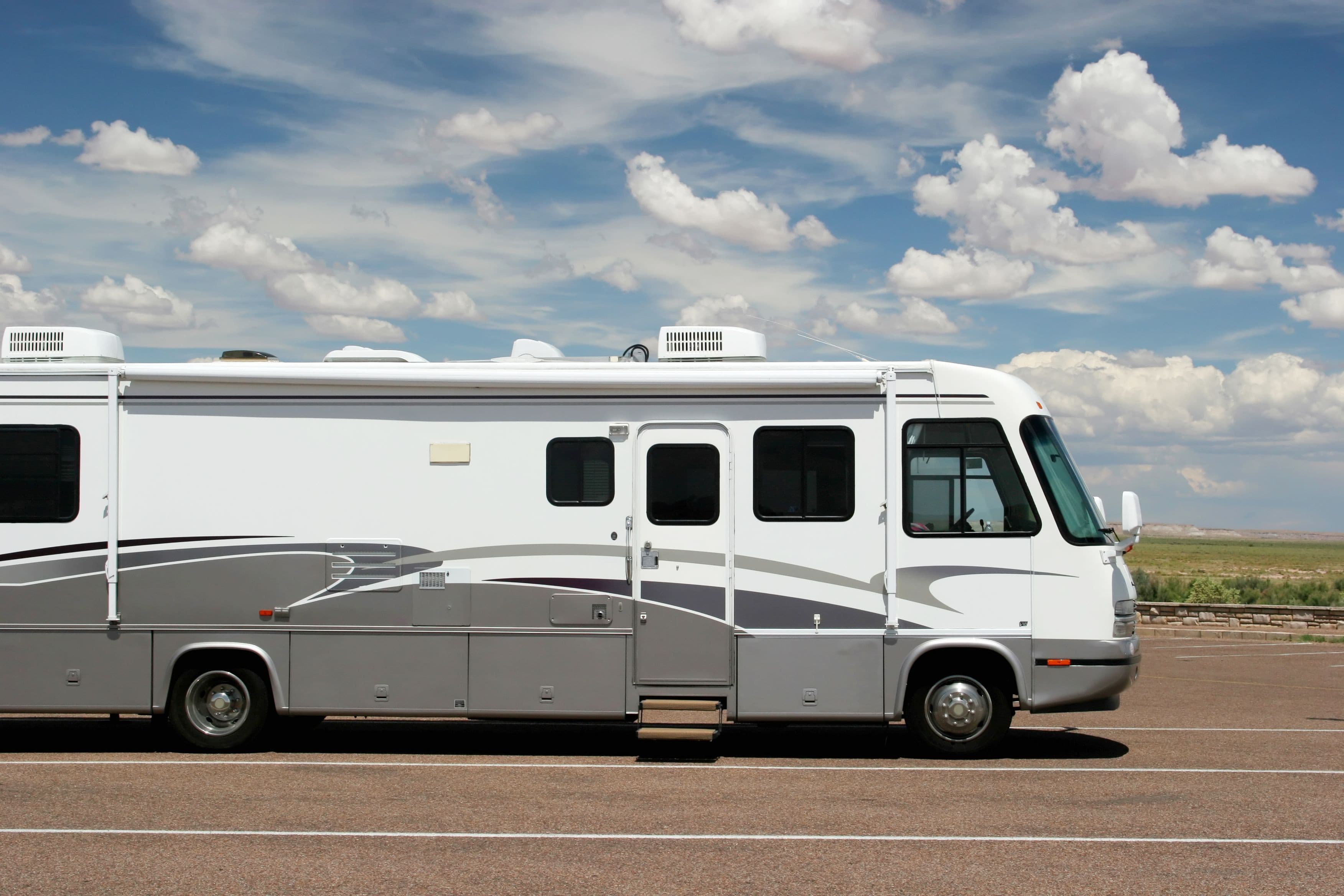Hiking Checklist
5 stars
Scores 4.70 with 124 votes


Views
48
Views: 48
Uses
19
Uses: 19
Tasks
29
Tasks: 29
Introduction
Use this Hiking Checklist when going on your next trip:
- Hiking shoes feel different than regular shoes or sneakers. Wear them for a few days to accustom your feet so you don't get blisters.
- Take a few walks with your backpack. Having a heavy load on your back takes getting used to.
- Hiking is not like walking, it is far more demanding on your legs and back. Your calves and hamstrings need preparation for this vigorous exercise.
- If you have never hiked before, you might come to regret taking on a long demanding trail, so start off easy. If you are planning on taking a walking stick with you, learn how to handle the stick to your benefit.
- Without the right shoes your feet will suffer. It is best to select shoes with a thick sole for stability and comfort, and check for proper ankle support. Boots are best for mountain climbing or water crossings.
- For a day-trip you will need a place to store essentials.
- Hiking will made you hungry and thirsty. Be sure to pack some fruit, nuts, and energy bars.
- Not really necessary, but handy to have, if you know how to use it effectively.
- You never know when you may need it.
- If you end up needing a fire, you will need a way to start it. Store these in a waterproof case.
- It's always good to have ID on you with the name and phone number of a contact person.
- Regardless of the season, in the outdoor your skin needs protection
- If you wear short sleeves or shorts, you really need this item!
- An extra T-shirt and socks weigh nothing but can come in handy.
- Scrapes and cuts are common in the outdoors.
- Take your cell phone with you. If anything were to happen, you can call for help.
- There will be lots to see during your hike. Preserve the memories.
- This can be invaluable in case you get lost.
- Sometimes you need a little extra direction.
- A navigational tool may be for sissies - but it could save your life.
- If you get tired, take a break; you don't want to wear yourself out. It takes time to be an experienced hiker.
- Those trails are laid out for a reason. They are designed to keep you safe. Random hiking in the wilderness is for the experienced.
- If you hike in company, stay with the group.
- Know which plants and bugs are poisonous.
- Find out what wildlife might be in the area (rattlesnakes, bear, wild cats, elk or boar) and how to react appropriately.
Details
Hiking is an excellent way to experience the great outdoors. It gives your body the exercise it needs by opening you lungs, getting your heart rate going and giving your muscles a workout. Seeing how hiking is physically demanding, hikers should be in reasonable fit condition before setting off on their first trail. If your body is up to the challenge, your mind is surely to benefit of the experience. Even though hiking is exhausting for the body, for the inner self nothing is quite as relaxing. Stress will as good as disappear once you set off on your adventure!
Hiking Checklist Tips
- People who are new to hiking should start off with a fairly short and easy track. Demanding too much, too soon, could lead to injuries.
- Equally important is the equipment you pack for the hike. Not much is needed for a short day hike, but what you take with you has to be of good quality. The most important pieces of gear for a hiker are his shoes. Without comfortable shoes, hiking can turn into a nightmare. Also, wear long pants or slather on bug repellent if wearing shorts. Take a light windbreaker or jacket even if the weather is warm.
- Taking food and water along on your hike is equally important. You'll be burning energy, and might need to refuel. A small snack could make all the difference to your blood sugar.
- If you hike in high altitudes, take it easy. You can easily get altitude sickness if you overexert on your first fee times out! Don't forget to let someone know where you are going, and have a backup plan in case you run into trouble on your hike.
- Last but not least, don’t forget to enjoy your hike. Whether you are alone or in company, you are in the fresh air and surrounded by the beauty and wonder of nature. Be sure to pay attention to everything around you to avoid danger, and enjoy the outdoors.
Suggest Improvements
Rate this Checklist
5 stars
Scores 4.70 with 124 votes








